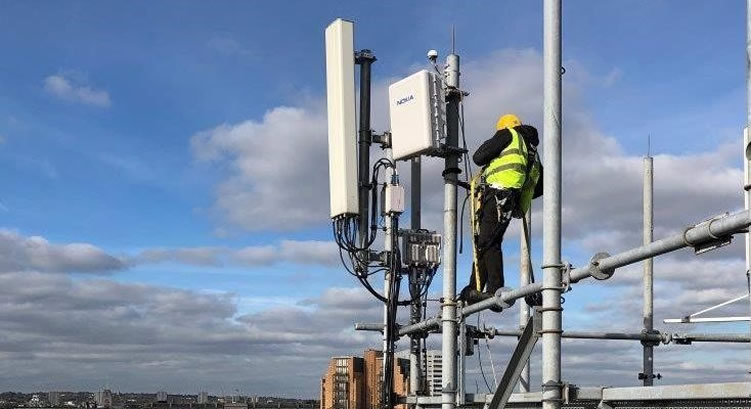
O2 has started 2020 on a strong foot, having boosted its 5G footprint from 7 cities to 20, with the switch-on of the first of its 5G hotspots in 13 new cities.
Specifically, O2 has now enabled 5G hotspots in Manchester, Birmingham, Glasgow, Liverpool, Newcastle, Bradford, Sheffield, Coventry, Nottingham, Norwich, Bristol, Derby and Stoke.
That follows an initial October 2019 launch in London, Edinburgh, Cardiff, Belfast and Leeds (plus O2’s HQ in Slough), and November 2019 roll outs to Leicester and Lisburn.
That’s good going for around 3 months of progress and means that O2 is currently on track with its plans. But it’s not stopping there.
O2 has previously announced plans to bring 5G to 50 locations in total by summer of 2020 – a plan it currently looks set to achieve. Next in line seems to be Windsor, Eton, Reading, Blackpool, Bournemouth and Guildford, all of which O2 claims to be aiming to commence 5G roll outs in by the end of March.
Derek McManus, COO, Telefónica UK, said: “We were incredibly proud to switch on our 5G network in October, and it is brilliant to hit our target of 20 towns and cities connected to our next-generation network as we head into 2020. Our range of tariffs make it easy and fair for customers to access 5G, with flexible plans that cost no more than 4G.
“I believe 5G is going to revolutionise the way people and businesses use mobile connectivity, unlocking huge possibilities for our economy and society. We’re excited about getting it into the hands of our customers across the UK, and continuing to work with our partners to help shape the future of 5G for the next generation.”
4G is still a focus
While O2 is making a big 5G push, if you’re not ready to make the move you won’t be left behind, as it claims that strengthening its 4G network remains a priority, with over £2 million invested every day.
But 5G is certainly the future, and increasingly the present. And with its range of 5G phones, plus its offering of 5G at no premium, O2 looks to be a good network to enjoy it on.
There’s plenty of competition though, with EE for example already offering 5G in 50 locations. These numbers aren’t the whole story, as coverage within a location will vary, but overall EE looks to have the clear lead – at least for now.





